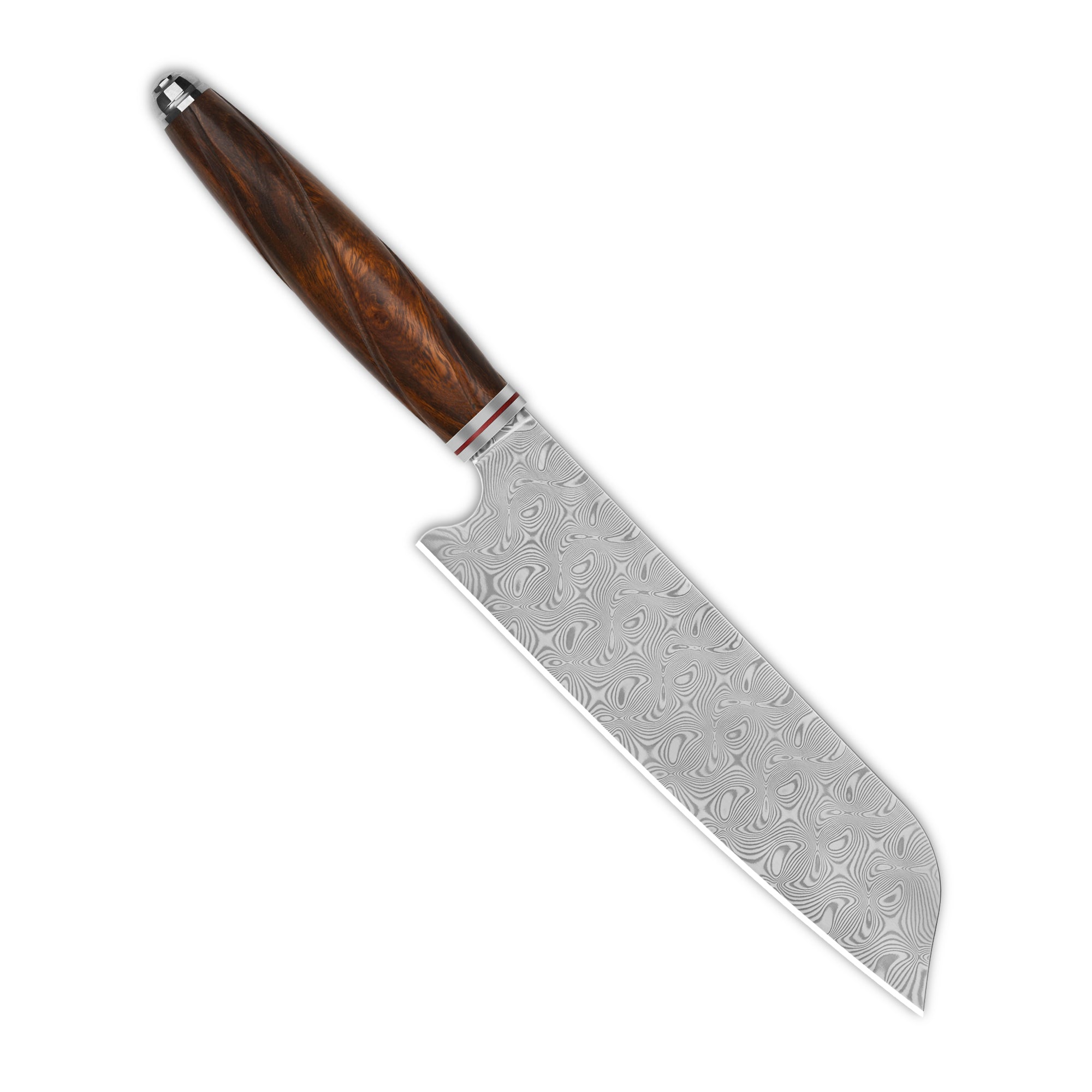Whether you're a professional chef or a home cook, a boning knife is an essential tool in your kitchen arsenal. Proper maintenance and sharpening of your boning knife ensure it remains effective and safe to use. Here, we present top tips for maintaining and sharpening your boning knife in Michael Munoz, offering insights to keep your knife in peak condition.

Understanding the Importance of a Sharp Boning Knife
A sharp boning knife is crucial for precision and efficiency in the kitchen. A dull knife can lead to uneven cuts and increase the risk of accidents. Regular maintenance and sharpening not only extend the life of your knife but also enhance your culinary experience.
Regular Cleaning and Proper Storage
One of the fundamental tips for maintaining your boning knife is regular cleaning. After each use, wash the knife with warm, soapy water and dry it immediately to prevent rust and corrosion. Avoid using a dishwasher, as the harsh detergents and high temperatures can damage the blade.
Proper storage is equally important. Store your boning knife in a knife block, magnetic strip, or protective sheath to prevent the blade from dulling and to ensure safety in your kitchen.
Sharpening Techniques
Sharpening your boning knife is an art that requires the right tools and techniques. Here are some effective methods:
- Whetstone: A whetstone is a traditional and effective tool for sharpening knives. Soak the stone in water for about 10 minutes, then hold the knife at a 20-degree angle and slide it across the stone in a sweeping motion. Repeat on both sides until the blade is sharp.
- Honing Rod: While honing doesn't sharpen the blade, it realigns the edge, keeping it sharp. Hold the honing rod vertically and swipe the knife blade down the rod at a 20-degree angle, alternating sides.
- Electric Sharpener: For those who prefer a quicker method, an electric sharpener can be a convenient option. Follow the manufacturer's instructions to achieve a sharp edge.
Maintaining the Sharpness
Once you've sharpened your boning knife, maintaining its sharpness is key. Use a cutting board made of wood or plastic to avoid damaging the blade. Avoid cutting through bones or frozen foods, as these can quickly dull the knife. Regularly hone the knife to keep the edge aligned and sharp.
Safety Precautions
Safety should always be a priority when handling and sharpening knives. Here are some precautions to keep in mind:
- Always cut away from your body to prevent injuries.
- Keep your fingers clear of the blade while cutting.
- Use a stable cutting surface to avoid slips and accidents.
- Store knives out of reach of children.
Conclusion
By following these top tips for maintaining and sharpening your boning knife in Michael Munoz, you can ensure your knife remains a reliable and efficient tool in your kitchen. Regular cleaning, proper storage, and effective sharpening techniques will keep your boning knife in excellent condition, enhancing your culinary skills and ensuring safety. Remember, a well-maintained knife is a chef's best friend.








